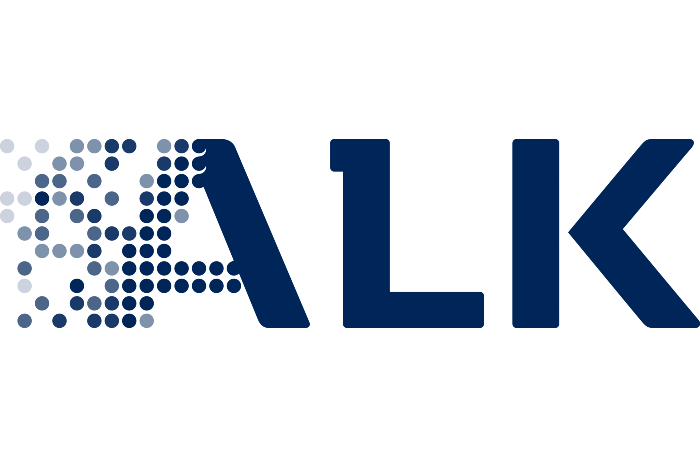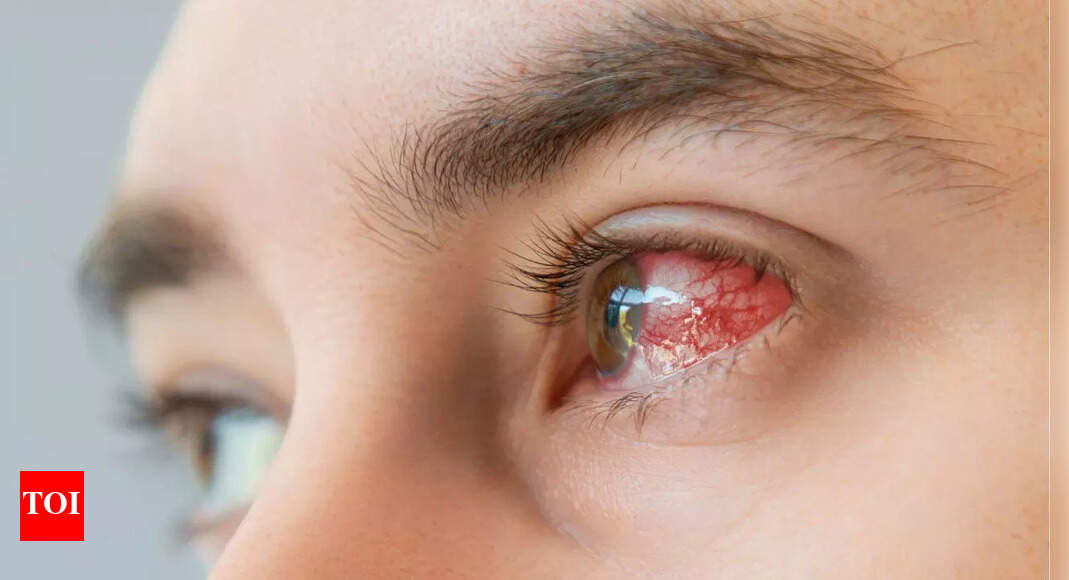Summary
Data presented on the EURneffy/neffy adrenaline (epinephrine) nasal spray at the European Academy of Allergy & Clinical Immunology Congress last month highlights a comparable clinical pharmacological response to intramuscular adrenaline injection,
Source: The Pharma Letter

AI News Q&A (Free Content)
Q1: What are the key findings from recent research on the EURneffy nasal spray for allergy treatment?
A1: Recent research highlights the efficacy of the EURneffy nasal spray in treating allergic reactions, particularly in cases of oral food challenge-induced anaphylaxis. In a Phase 3 study, patients aged 6 to 17 showed significant symptom resolution with the nasal spray, with a median time to symptom resolution of 16 minutes. The study emphasizes the potential of needle-free epinephrine delivery to reduce dosing hesitancy among patients and caregivers.
Q2: Why is there a significant interest in needle-free epinephrine delivery methods like EURneffy?
A2: Needle-free epinephrine delivery methods, such as the EURneffy nasal spray, are gaining interest because they address common concerns related to needle-based administration. Many patients and caregivers are hesitant to use traditional epinephrine injections due to fear of needles, thus the nasal spray offers a less intimidating alternative that can encourage timely administration during severe allergic reactions.
Q3: How does the clinical pharmacological response of EURneffy compare to traditional intramuscular adrenaline injections?
A3: The EURneffy nasal spray has shown a comparable clinical pharmacological response to traditional intramuscular adrenaline injections. This similarity in efficacy makes the nasal spray an effective alternative for treating severe allergic reactions, offering a viable option for those who prefer needle-free solutions.
Q4: What were the adverse events observed during the clinical trials of the EURneffy nasal spray?
A4: In the clinical trials, adverse events not induced by the oral food challenge included tremor in 20% of patients and nasal mucosal erythema in 13.3% of patients. These side effects were deemed manageable, and the overall safety profile supported the use of the nasal spray in emergency situations.
Q5: What potential impact could the EURneffy nasal spray have on the treatment of pediatric food allergies?
A5: The EURneffy nasal spray could significantly improve the treatment of pediatric food allergies by providing a needle-free, quick-response option for managing anaphylaxis symptoms. This could lead to increased compliance with emergency treatment protocols and potentially reduce the incidence of severe allergic reactions in children.
Q6: How might the availability of the EURneffy nasal spray affect the market for allergy treatments?
A6: The introduction of the EURneffy nasal spray could expand the market for allergy treatments by attracting patients who are deterred by needle-based solutions. Its ease of use and effectiveness may also encourage more individuals to seek appropriate treatment promptly, potentially increasing overall market demand for epinephrine alternatives.
Q7: What are the broader implications of needle-free epinephrine delivery systems in healthcare?
A7: Needle-free epinephrine delivery systems like the EURneffy nasal spray could revolutionize emergency allergy care by improving patient compliance, reducing treatment hesitancy, and potentially decreasing the severity of allergic reactions. This innovation may also inspire further advancements in drug delivery systems across various medical fields, enhancing patient experiences and outcomes.
References:
- Epinephrine Nasal Spray Improves Allergic Symptoms in Patients Undergoing Oral Food Challenge, Phase 3 Trial





